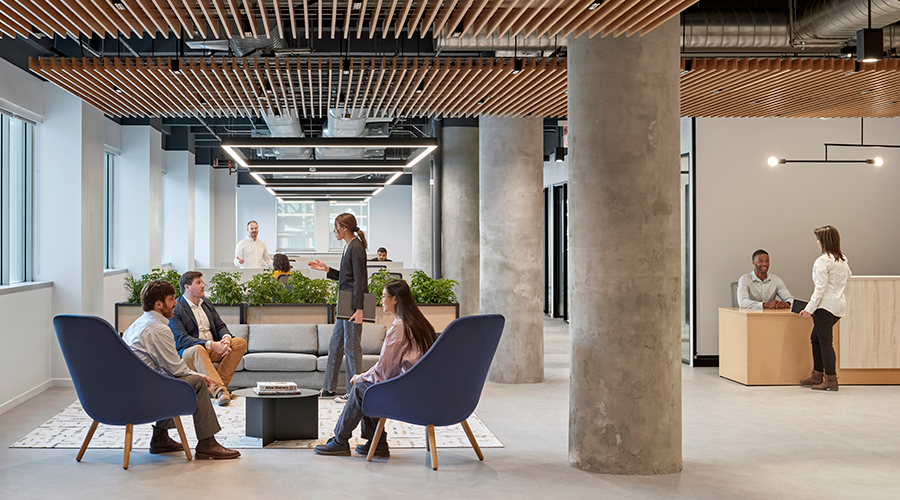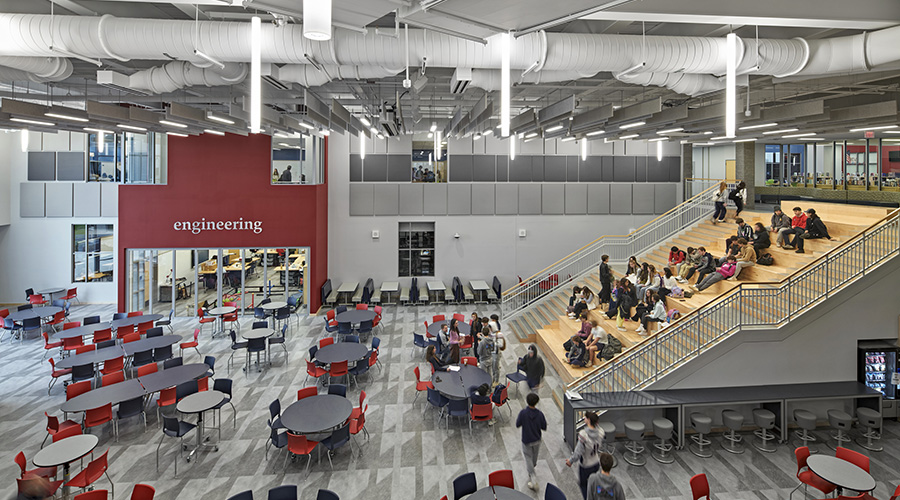Intelligent Buildings Are Green
Interest in sustainable development in higher education comes from many sources and for many reasons, including the interest of students, faculty, administration and the wider community in moderating or reversing climate change. A recent survey of college presidents and executive officers identified some of the reasons for developing sustainability programs on campus: fitting in with the culture and values of the campus, good public relations, cost-effectiveness and helping to recruit students.
Buildings consume 40 percent of all U.S. energy — a major opportunity for improvement. On a typical campus, 70 to 90 percent of direct greenhouse gas emissions are due to buildings. While interest in sustainable development is strong, justifying expenditures for sustainable development in a difficult economy can be challenging.
In recent years, the quest to shave dollars from first costs has come at the expense of long-term building energy efficiency and maintainability. The reality is that the overwhelming expense for the building’s life cycle is not the construction cost, but the maintenance and operation. It’s important to think about not only the green elements that go into the design of the building, but how those components will eventually save energy and money.
High-performance buildings are green buildings that provide measurable and verifiably-improved outcomes. High-performance buildings move beyond the current process of building green by using actual performance data to quantify both the building operating efficiency and the global environmental impact of construction and operation.
Intelligent Investment
The key to realizing life-cycle cost savings is making smart choices and setting goals from the very beginning of the project. One of the most pragmatic goals is a reduction in energy usage. Energy conservation measures have a direct, measurable impact on reducing operating costs. With proper calculations, they can be readily justified to institutional constituencies.
Energy efficiency strategies reduce carbon footprint, whether the energy comes from on-campus sources (co-generation systems) or is purchased from a utility. Many basic energy conservation measures do not involve mechanical systems and cost almost nothing. The way the building is sited to respond to microclimate — wind, shelter and solar orientation — can have significant impacts on long-term energy demand.
For example, careful building orientation and placement of windows can admit daylight as far into the core of the building as possible. This reduces the need for artificial illumination. Proper siting can also encourage absorption of solar heat during cool heating months, include overhangs or strategic landscape plantings, and shield the building from solar radiation during warm cooling months.
All of these take into account seasonal microclimate variations to be as energy efficient as possible in all seasons.
Other measures affecting the building envelope can also save energy. A white roof reflects much more solar heat than a black roof. Significant savings result from changing nothing but the color. A reflective film on window glass has a similar effect.
Increased insulation and insulating window glass add some cost, but that cost is recouped quickly through subsequent energy savings. In many states, building codes require design professionals to develop building envelope designs to meet minimum energy efficiency standards, and skilled application of these principles can result in long-term payback at minimal additional cost.
Related Topics:













